Everyday seems to bring us news of a new app or service for taking notes. Everyone seems to be offering me courses and workshops promising to make me a world class note taker. All the cool kids are polishing their notes. A niche topic is moving center stage.
Separating signal from noise in these moments can be frustrating. The noise keeps getting louder. In Duly Noted Jorge Arango brings quiet clarity.
The point (of taking better notes) isn’t to stash ideas for later or to have a machine think for you, but to create a space that lets you think more effectively.
There is a deep point here that I first encountered in a story about Nobel laureate Richard Feynman;
[Feynman] began dating his scientific notes as he worked, something he had never done before. Weiner once remarked casually that his new parton [In particle physics, the parton model is a model of hadrons] notes represented “a record of the day-to-day work,” and Feynman reacted sharply. “I actually did the work on the paper,” he said. “Well,” Weiner said, “the work was done in your head, but the record of it is still here.” “No, it’s not a record, not really. It’s working. You have to work on paper, and this is the paper. Okay?” (from _Genius: The Life and Science of Richard Feynman_ by James Gleick.)
Writing—getting ideas out of your head—is a fundamental tool for thought. Notes, how they are structured, and how you manipulate them are core elements in making writing and thinking work. Arango lays out how to make notes work better for you.
Good teacher that he is, Arango starts from a very simple foundation;
- Make short notes.
- Connect your notes.
- Nurture your notes.
An important reminder amid the rush of efforts to exploit the new found popularity of notes and note taking/making. Arango does offer more detailed advice but he keeps simplicity at the core.
The central metaphor Arango chooses to organize around is gardening. You plant seeds with your notes. If you nurture and tend to the seeds they will bear fruit. If you ignore them, the best you can hope for is an overgrown mess of weeds.
It’s unlikely this will be the first thing you read about this new world of notes, but you would do well to make it the next.
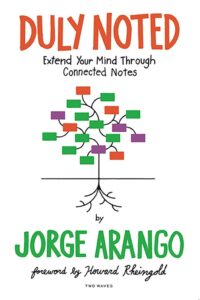
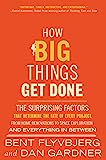
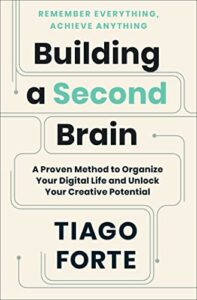 There’s a lot to like about Tiago Forte’s
There’s a lot to like about Tiago Forte’s 
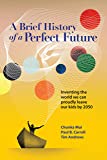
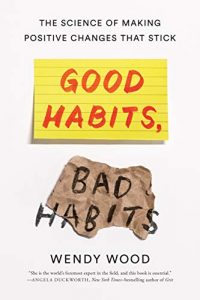 One of my bad habits is obsessing about my deficiency of good habits. I know that good habits are important because the nuns and monks were relentless in telling me so; decades later their ambivalence about my academic success without suitable discipline still lingers.
One of my bad habits is obsessing about my deficiency of good habits. I know that good habits are important because the nuns and monks were relentless in telling me so; decades later their ambivalence about my academic success without suitable discipline still lingers.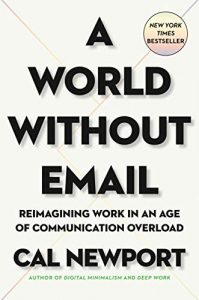 When I was first learning to be a project manager one of the mantras drummed into me was “plan the work, work the plan.” Hidden in this advice was a distinction between planning and doing. Today, we are immersed in doing; managing has been pushed to the margins. “Plan the work, work the plan” has shrunk to “work, work.”
When I was first learning to be a project manager one of the mantras drummed into me was “plan the work, work the plan.” Hidden in this advice was a distinction between planning and doing. Today, we are immersed in doing; managing has been pushed to the margins. “Plan the work, work the plan” has shrunk to “work, work.”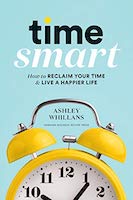 Review:
Review:  Wambach, Abby. 2019.
Wambach, Abby. 2019. 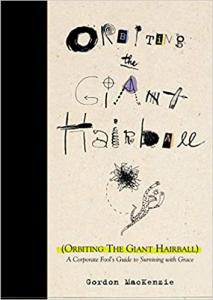 MacKenzie, Gordon. 1997.
MacKenzie, Gordon. 1997.